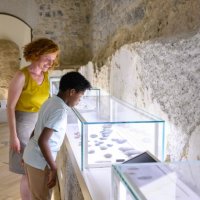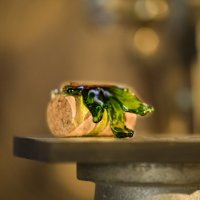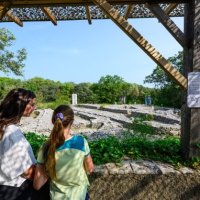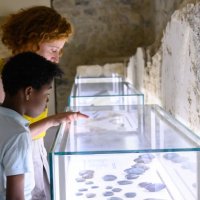Vailhauquès
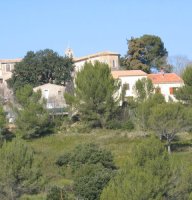
On the outskirts of Montpellier, the village of Vailhauquès, of medieval origin, has a rich prehistoric heritage and lands with wines classified as Grés de Montpellier (AOC Languedoc).
Numerous dolmens, more or less well preserved, exist on the territory of the village, testifying to human occupation at least since the Neolithic.
About eleven dolmens have been identified. One of them, above the Mas Reynard, has preserved the cover slab of the sepulchral chamber; it is accessible from a marked walking route.
Vailhauquès is, however, best known for the haunted house which caused a lot of ink to flow at the end of the 1980s, and which still attracts paranormal enthusiasts today.
The commune is also known for the agricultural penal colony of Montlobre, which was founded following the authorisation given by the French Parliament to create penitentiary centres for juvenile delinquents with the aim of punishment and moralisation (1860-1884). Whether it was called a "charitable colony", a "penal colony" or a "prison", the institution based on forced labour operated for twenty-eight years. The estate is now privately owned.
Mairie de Vailhauquès
adresse : 9, place de la Mairie
04 67 84 40 7
Site Internet
Mail
Facebook
Heritage and culture in Vailhauquès
- De l'Arnède à Caravettes (PR) pdf
- Dolmen of Reinhardt
- Menhir, caves, Neolithic stations,
- Chalcolithic villages, tumuli
- Oppidum, Roman villa
- Agricultural penal colony of Montlobre (XIXᵉ century)
- The Romanesque church (rebuilt in the 19th century)
- The commune is classified Grés de Montpellier (vins AOP)
The partners of the Tourist Office of the Grand Pic Saint-Loup in Vailhauquès :

